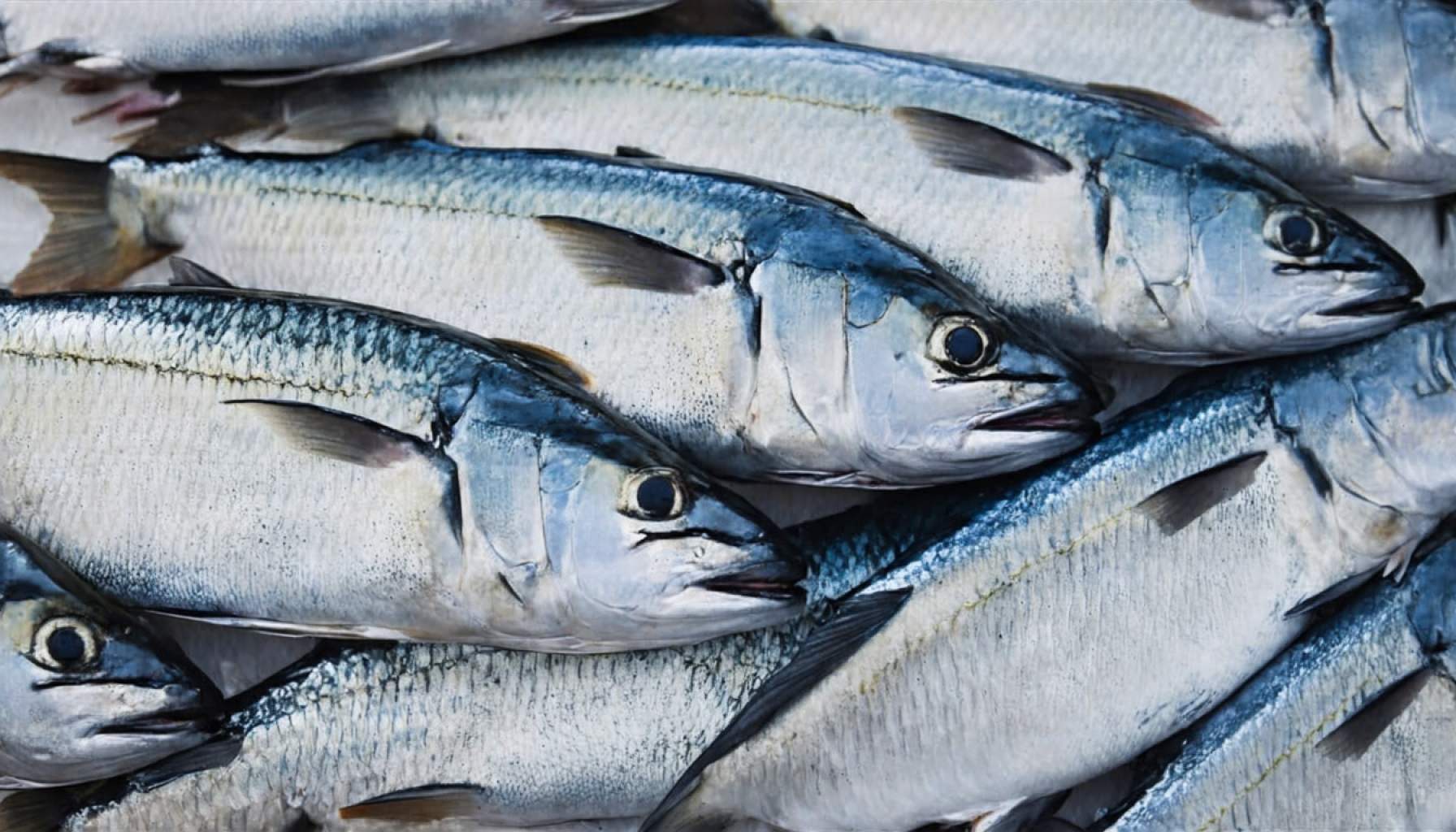- A significant health alert has led to the removal of carp and swordfish from shelves in Spain, France, and Belgium due to contamination with sulfonato de perfluoroctano.
- This pollutant, found in industrial products like cleaning agents, exceeded safe levels by three times, posing threats to reproductive health, immunity, and essential organs.
- Concerns have been raised by the U.S. Environmental Protection Agency regarding dangers to unborn and nursing children, highlighting global food safety issues.
- The incident underscores the importance of stringent food safety practices and consumer awareness.
- It serves as a reminder to prioritize health vigilance alongside the culinary appeal of market products.
An unforeseen wave of concern swept through kitchens across Spain, France, and Belgium as popular dining staples—carp and swordfish—vanished from market shelves, shadowed by a grave health alert. Bright-eyed children and seasoned chefs all found themselves adjusting family menus with unease this past February, as an urgent cautionary measure from the Rapid Alert System for Food and Feed shook routines.
These beloved fish were found tainted with sulfonato de perfluoroctano—a persistent organic pollutant lurking insidiously in various industrial protective layers, from cleaning agents to food wrappers. The detected levels were starkly alarming, triple the authorized maximum. Known for meddling with the body’s delicate systems, this chemical showed no favoritism, threatening reproductive health, immunity, and key organs such as the liver and kidneys.
Imagine pollutants threading through industrial landscapes, creeping into our plates, as the regulation codes let slip one too many times. The fear of silently developing illnesses while indulging in a cherished meal is no longer a distant possibility, but a reality forced to the forefront of public concern. Moreover, the U.S. Environmental Protection Agency has waved a red flag regarding potential risks to unborn children and those still nursing—a chilling reminder of the invisible threads connecting dinner tables globally.
The rapid response and recall in these European countries emphasize the pivotal importance of vigilant food safety practices. Consumers, now watchful, are reminded that beneath the vibrant displays of market stalls, health vigilance remains as crucial as the ingredients themselves. Let’s pay attention to the unseen, ensuring that what graces our tables is as safe as it is nourishing.
Hidden Perils on Our Plates: What You Need to Know About Food Safety and Contaminants
How To Protect Yourself from Contaminated Foods
1. Stay Informed: Regularly check updates from food safety authorities such as the European Food Safety Authority (EFSA) and the U.S. Food and Drug Administration (FDA) for recalls and alerts about contaminated foods.
2. Choose Local and Sustainable Options: Whenever possible, source your food locally. This reduces the risk of contamination from long supply chains. Look for certified organic or sustainable seafood labels which often adhere to stricter guidelines.
3. Diversify Your Diet: Reducing the frequency of consuming high-risk foods like certain fish can limit exposure to potential pollutants.
4. Store and Prepare Safely: Ensure proper storage and preparation techniques to mitigate other risks of foodborne illnesses.
Real-World Use Cases of Food Safety Measures
Food safety concerns have prompted innovations like blockchain technology in the food industry. Companies are using it to ensure transparency and traceability in the food supply chain. Walmart, for instance, uses blockchain for tracing food items back to their sources, enhancing consumer trust.
Market Forecasts & Industry Trends
The global food safety testing market is expanding as awareness around food contamination grows. According to a report by MarketsandMarkets, the food safety testing market size is projected to grow from USD 19.1 billion in 2020 to USD 27.3 billion by 2025, driven by the increasing focus on ensuring food quality and safety.
Reviews & Comparisons of Testing Methods
Various testing methods are employed to detect contaminants in food products, including chromatography and spectrometry. The choice of method depends on factors such as sensitivity, accuracy, and cost. Chromatography is highly precise, while spectrometry is praised for its speed and efficiency.
Controversies & Limitations
One of the significant controversies lies in the regulation discrepancies across countries. While one country may deem a certain level of a contaminant safe, another may not. This lack of standardization can lead to confusion and inconsistent safety assurances globally.
Security & Sustainability
The environmental impact of pollutants like perfluoroalkyl and polyfluoroalkyl substances (PFAS) — the chemical family to which sulfonato de perfluoroctano belongs — is severe, driving the need for better environmental policies and sustainable practices. These pollutants are persistent, bioaccumulative, and can have long-term ecological effects.
Pros & Cons Overview
Pros:
– Increased vigilance and technology adoption.
– Growth in demand for organic and sustainably sourced foods.
Cons:
– Higher costs associated with testing and sustainable sourcing.
– Regulatory inconsistencies leading to consumer confusion.
Insights & Predictions
As public awareness and technology improve, expect stricter regulations and enhanced screening for food imports globally. The trend towards sustainability may drive innovation in food production and safety testing.
Tutorials & Compatibility
Familiarize yourself with food safety apps like FoodKeeper, which can help maintain the freshness and safety of stored food items. These are compatible with most smartphones and provide a user-friendly interface to track storage times for different food products.
Actionable Recommendations
– Read Labels Carefully: Look for certification marks like MSC (Marine Stewardship Council) for seafood.
– Implement Proper Hygiene: Regularly wash hands, kitchen surfaces, and cooking utensils with soap and water.
– Stay Educated: Follow trusted sources like the European Food Safety Authority and FDA for updates.
By taking these steps, consumers can play a proactive role in their safety and help drive a market that values health as much as flavor.
